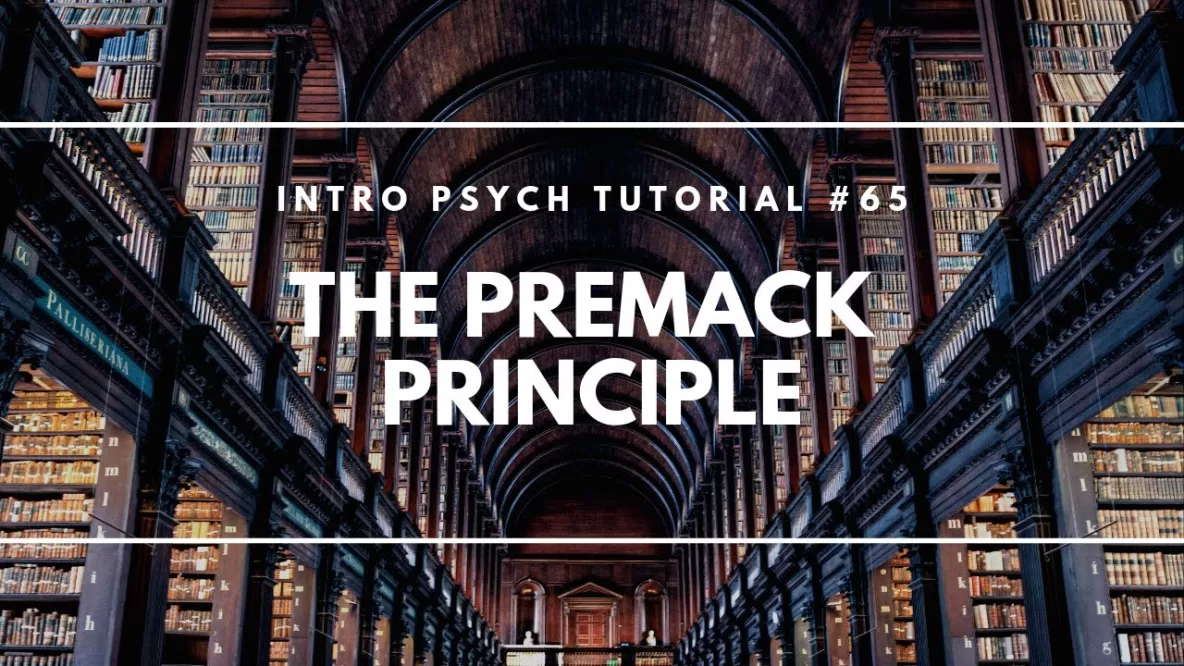In this video I describe the Premack Principle which refers to the idea that behaviors can be high or low probability which in turn means that high probability behaviors can serve as reinforcement for low probability behaviors.
Don’t forget to subscribe to the channel to see future videos! Have questions or topics you’d like to see covered in a future video? Let me know by commenting or sending me an email!
Check out my psychology guide: Master Introductory Psychology, a low-priced alternative to a traditional textbook: http://amzn.to/2eTqm5s
Video Transcript:
Hi, I’m Michael Corayer and this is Psych Exam Review.
In this video I wanted to briefly explain the Premack Principle. This also known as the relativity theory of reinforcement. This is based on the work of David Premack. The idea of the relativity theory of reinforcement is that behavior can be used to reinforce other behavior so that certain behaviors can actually serve as rewards for other behaviors.
The idea is that there’s behaviors that are low probability these are not particularly desirable and so they’re unlikely to happen on their own without some reason to perform them, some reinforcement.
And then we have high probability behaviors and a high probability behavior is likely to occur on it’s own, it’s sort of naturally reinforcing. Ok, so what would be some examples of this? Well, your parents probably didn’t understand the Premack Principle unless they’ve studied psychology but they probably used it when it came to encouraging you to perform certain behaviors.
So let’s see, what would be a low probability behavior when you were a kid? Maybe it was doing your homework. Or eating your vegetables. Something like that, and the idea of this being a low probability behavior is that unless you’re given some reinforcement, you’re unlikely to just engage in this behavior, it’s not naturally reinforcing.
What would be a high probability behavior? These would be things that you would do on your own anyway, even if there was no reason to. Let’s imagine that this was playing video games. Or playing outside with your friends.
These are high probability behaviors. Even if we don’t specifically reinforce them, they’re likely to occur. They’re sort of naturally desirable. The idea of the Premack Principle is that because these two behaviors have different levels of reinforcement inherent to them, you can use one to reinforce the other. Your parents probably did this. They probably said something like “You can play video games after you finish your homework”.
So now you’re using this high probability behavior as the reward for performing the low probability behavior. Or you can eat ice cream after you finish eating all your vegetables. So the low probability behavior of eating vegetables is now going to be reinforced by getting to eat ice cream, which is another behavior, and that allow you to use that in order to encourage the performance of the low probability behavior. So that’s the essence of this Premack Principle.
I hope you found this helpful, if so, please like the video and subscribe to the channel for more.
Thanks for watching!

